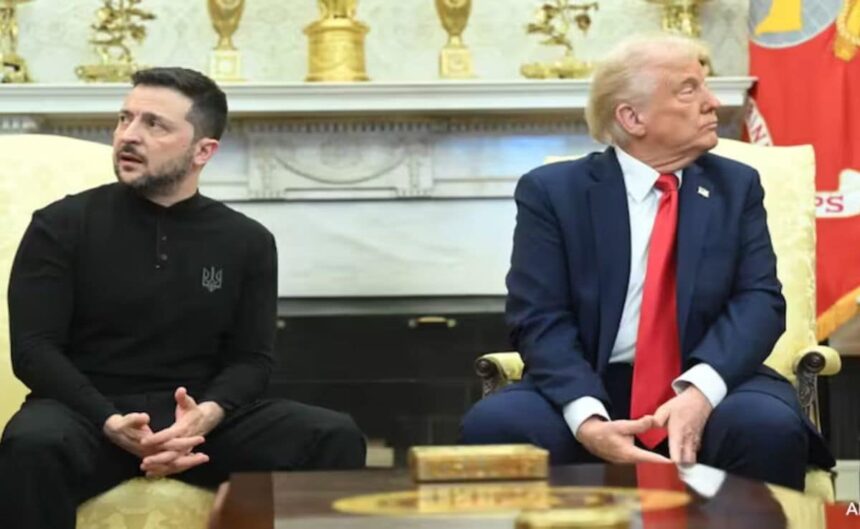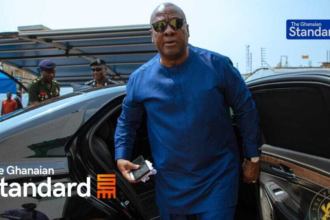The meeting between Ukrainian President Volodymyr Zelensky and President Donald Trump at the Oval Office was marked by tension and confrontation, as detailed by a recent report in the New York Times. Prior to the meeting, Senator Lindsey Graham had warned Zelensky against engaging in arguments with Trump, advising him not to take the bait.
Zelensky, concerned about Ukraine’s war effort and the uncertainty surrounding US military aid, urged for a more aggressive US engagement in the Russia-Ukraine conflict during the meeting. This plea led to a heated exchange, with Trump and Vice President JD Vance accusing Zelensky of lacking gratitude. The meeting ended abruptly, without the expected signing of a minerals-sharing deal.
Trump’s suggestion for Ukraine to negotiate a peace deal with Moscow, along with his pointed remarks towards Zelensky, raised concerns among European allies. The exchange between Trump, Vance, and Zelensky grew increasingly tense, with accusations of disrespect and warnings of potential conflict.
Zelensky stood his ground, highlighting the long-term threat of Russian aggression not only to Ukraine but also to the United States. This prompted Trump to end the meeting abruptly, citing the spectacle as entertainment for television viewers.
Senator Graham, initially a mediator, later suggested that Zelensky should resign or send someone else to negotiate with the US. Republican leaders either downplayed the confrontation or criticized Zelensky for not showing respect to Trump.
Despite the backlash, Zelensky remained defiant, defending his approach in a subsequent interview. He acknowledged the heated exchange but maintained that it was necessary in the face of escalating tensions.
The meeting between Zelensky and Trump underscored the complexities of international diplomacy and the challenges of navigating relationships between world leaders. The fallout from the confrontation highlighted the delicate balance of power dynamics and the importance of communication and respect in diplomatic engagements.








